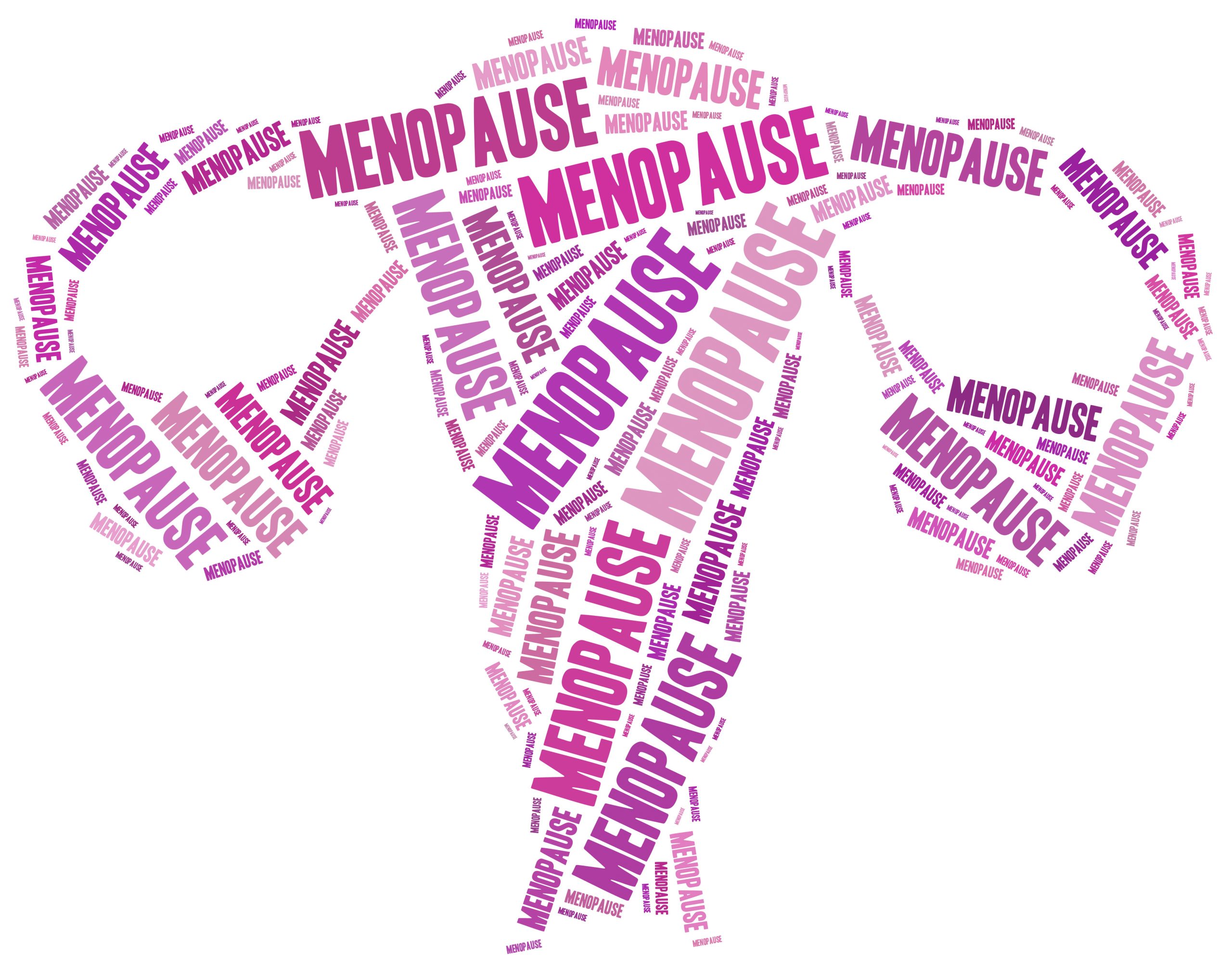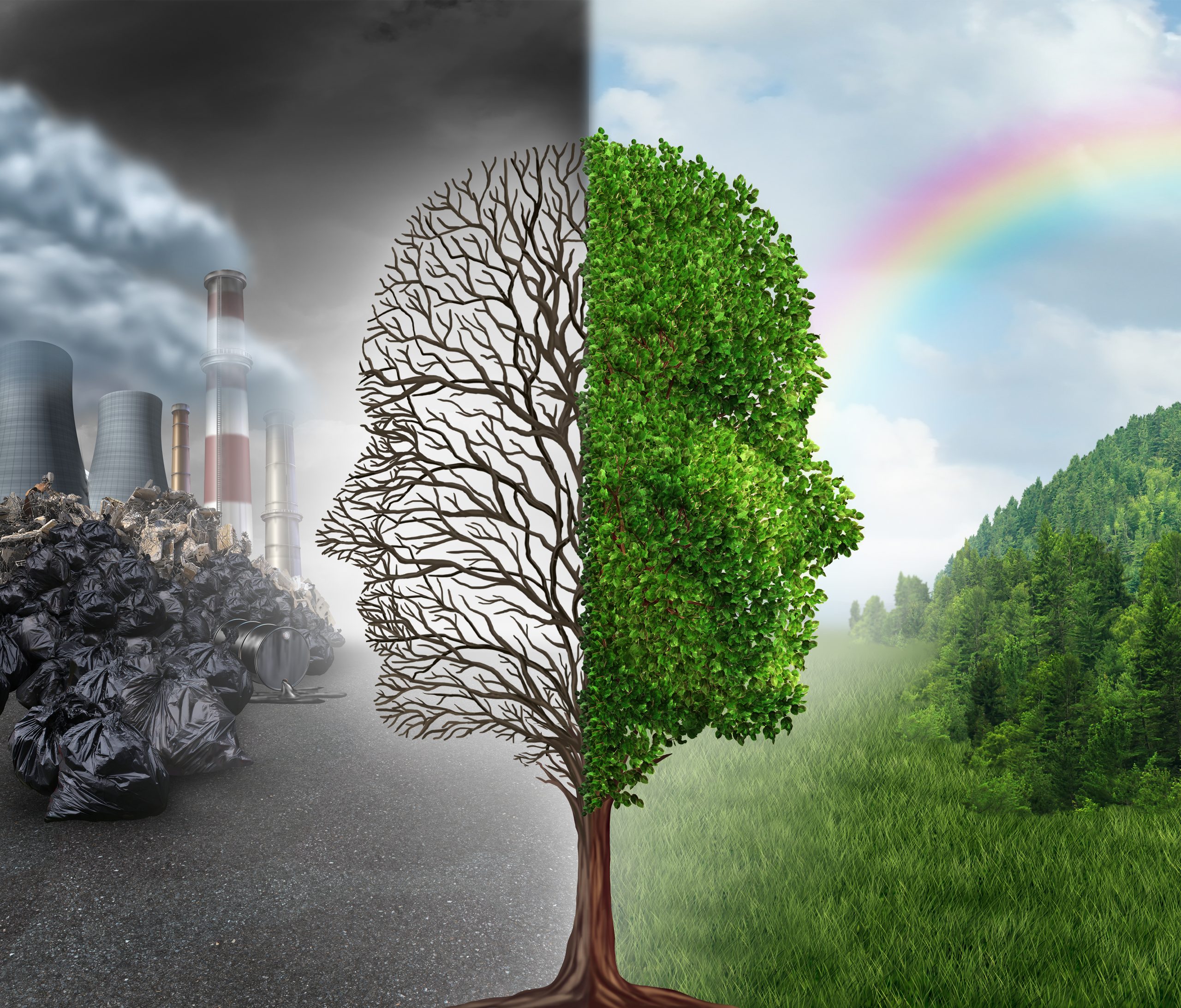Cold water therapy is the practice of exposing oneself to very cold or icy water for therapeutic benefit. It’s become a recent hot trend – no pun intended. But it’s has been around for a very long time. In fact, it is said that Hippocrates recorded his experiences in 370 BC.
We know that when we sustain an injury like a sprained ankle the first thing we do is put an ice pack on it to reduce the swelling. So, we know that it has an anti-inflammatory affect, which could be extrapolated to broader inflammatory conditions, but there seems to be many more benefits.
The physiological effect of cold water therapy is said to be facilitated by the Vagus nerve and adaptation of hormones (Jungmann et al., 2018; Lange et al., 2008; Metzger et al., 2000; Polizzi, 2019).
Benefits of Cold Water Therapy
- Boosts the immune system – exposing the body to cold water might allow the body to become more resilient to stressors. In reading about cold water therapy, one of the studies cited was a 2019 proof of concept trial. A group of researchers from the Netherlands found that combining cold exposure and breathing exercises elicited an enhanced immune response from study participants. With the stimulation of the Vagus nerve, the inflammatory responses in the body are reduced so it stimulates the body to heal and boosts the body’s immune response to fight off disease and infection. “This beneficial response may be what reduces symptoms and inflammatory markers present in blood from autoimmune disorders such as rheumatoid arthritis and fibromyalgia.”
- Recovering from exercise – a group of researchers in Hong Kong found that cold water immersion after frequent exercise led to decreased pain and inflammation for up to 24 hours after the workout.
- Improves metabolic function – there’s some research that suggests that cold exposure can actually increase your metabolic output. Cold therapy is said to stimulate the growth of brown fat and decrease white fat. Brown fat increases energy burning which can contribute to weight loss.
- Mental Wellness – immersing yourself in ice water takes a lot of courage so the act alone requires focus, dedication and commitment, a lot like meditation. And by now, we should all know the benefits of meditation. Studies indicate that cold therapy reduces depression, anxiety, and stress as well as improving mood and general brain function. During exposure to cold the brain releases norepinephrine, which is shown to reduce depression and anxiety. Also, heart rate and heart rate variability decrease while the body is exposed to cold which is linked to reductions in stress. Mood and brain function improve through stimulation of the parasympathetic nervous system. (Galliera et al., 2013; Hayashi et al., 1997; Jungmann et al., 2018; Kinoshita et al., 2006; Lange et al., 2008; Metzger et al., 2000; Misiak & Kiejna, 2012; Polizzi, 2019; Rymaszewska et al., 2020). Wim Hof, known for his breathing and cold water exposure methods, was put in a special temperature-controlled suit and placed in both an fMRI and a PET scanner. Results showed activation of areas in the brain associated with pain suppression, self-reflection and well-being, in particular the periaqueductal gray area (PAG). This may have implications for “lifestyle interventions that might ameliorate multiple clinical syndromes.” (2018, Muzik et. al.).
Check out this video from wimhofmethod.com https://youtu.be/YficBlvPwWQ
 Types of Cold Water Therapy
Types of Cold Water Therapy
- Cold Showers – A quick and simple way to expose yourself to cold water, taking a cold shower may offer some benefits. However, your average shower can’t produce water that’s as cold as an ice bath. But it’s a good way to start and work up to conditioning yourself to taking the next step.
- Cold Water Immersion – Cold water immersion can take many forms. But, the basic practice involves sitting in a tub or container of cold water (usually under 50ºF/10ºC) for 5 minutes or less.
- Ice Baths – Ice baths are a type of cold water therapy that involves immersing oneself in a container icy water for a short period of time. Ice baths usually involve very cold temperatures that can take a while to get used to.
- Cryotherapy – Cryotherapy is a relatively new type of cold therapy. It involves exposing oneself to extreme cold for very brief periods of time as a way to recover from intense exercise.
Caution
Cold water therapy is not for everyone and people will react differently to it so it is very important to make sure that you consult your healthcare practitioner before attempting it.
https://www.wimhofmethod.com/cold-therapy
As a retired registered massage therapist, I’ve always been interested in health. I grew up loving sports so that carried into my adult life in my chosen career paths and in my personal life. I now stay active with weight training, hiking and biking. My professional life has always been in health care. This has inspired me to seek out and adopt a life of natural health and wellness.


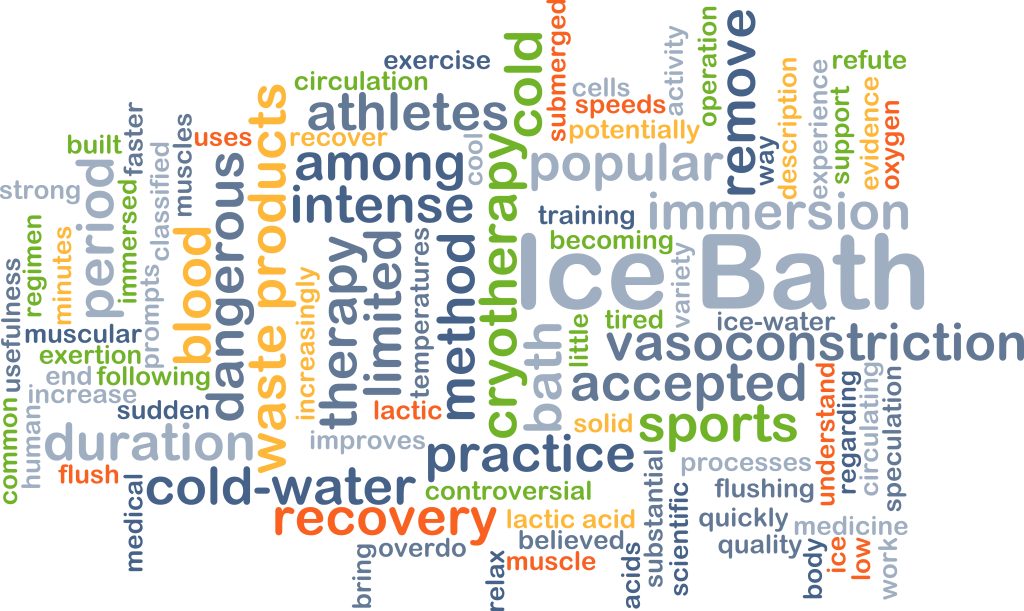 Types of Cold Water Therapy
Types of Cold Water Therapy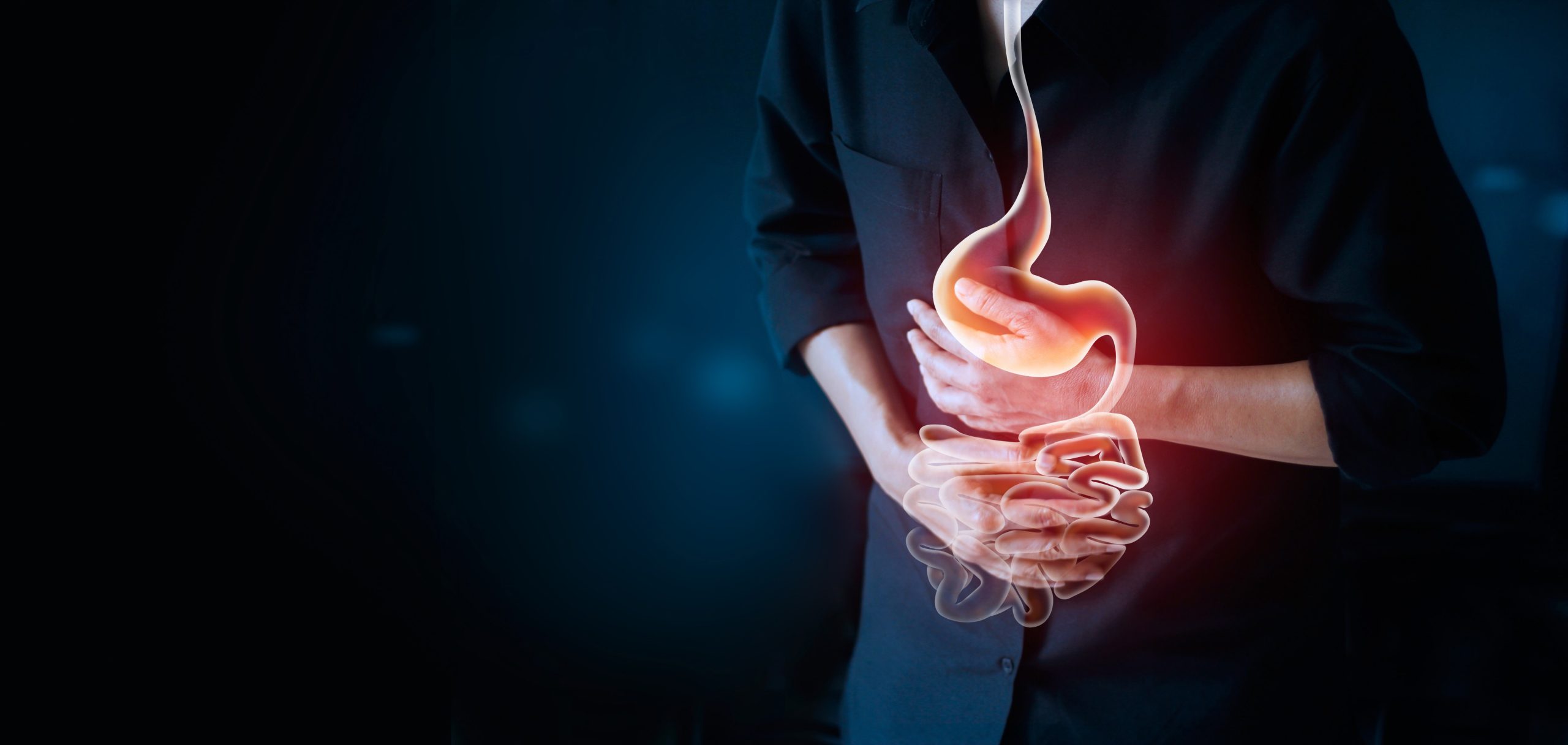
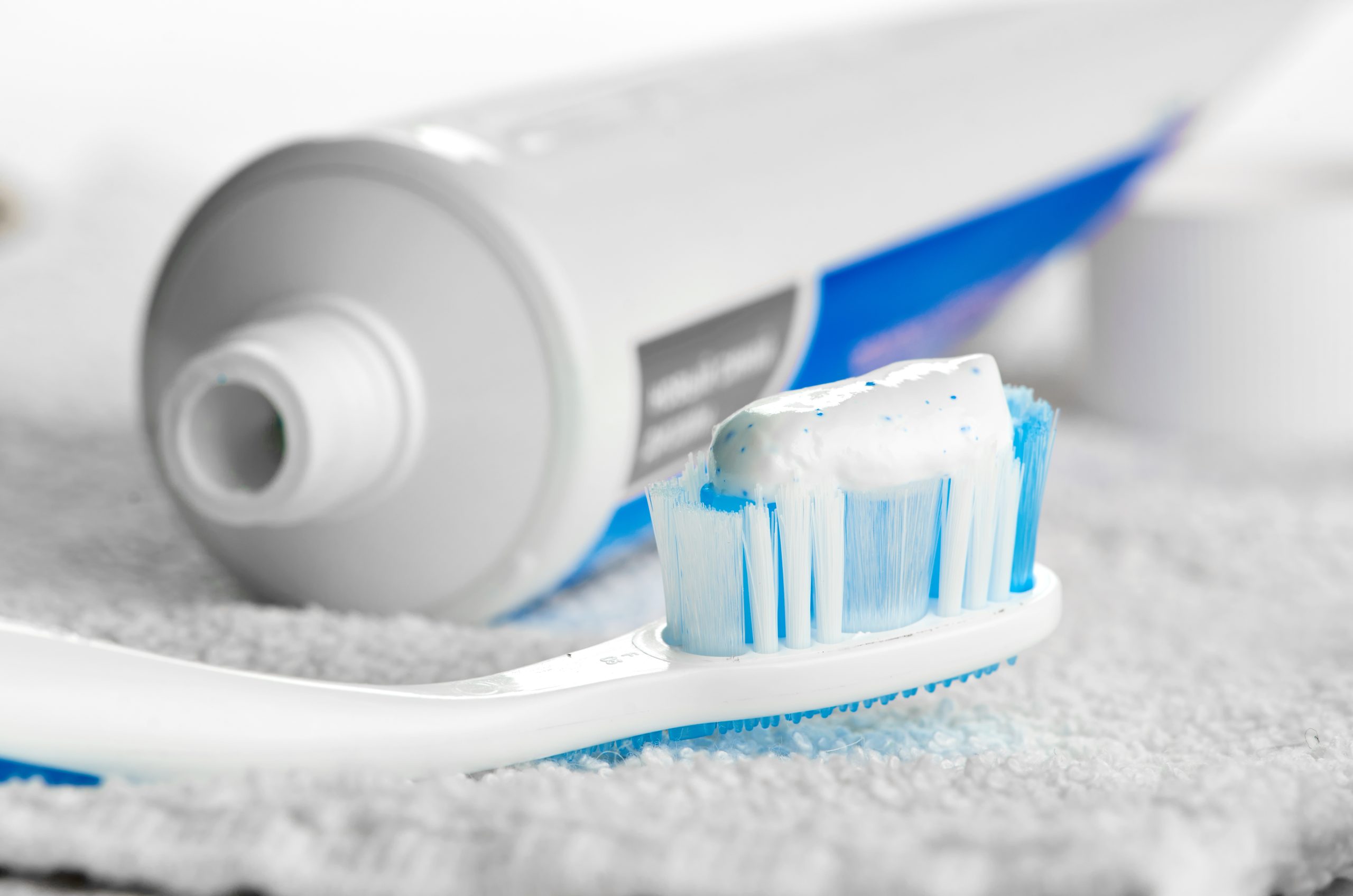
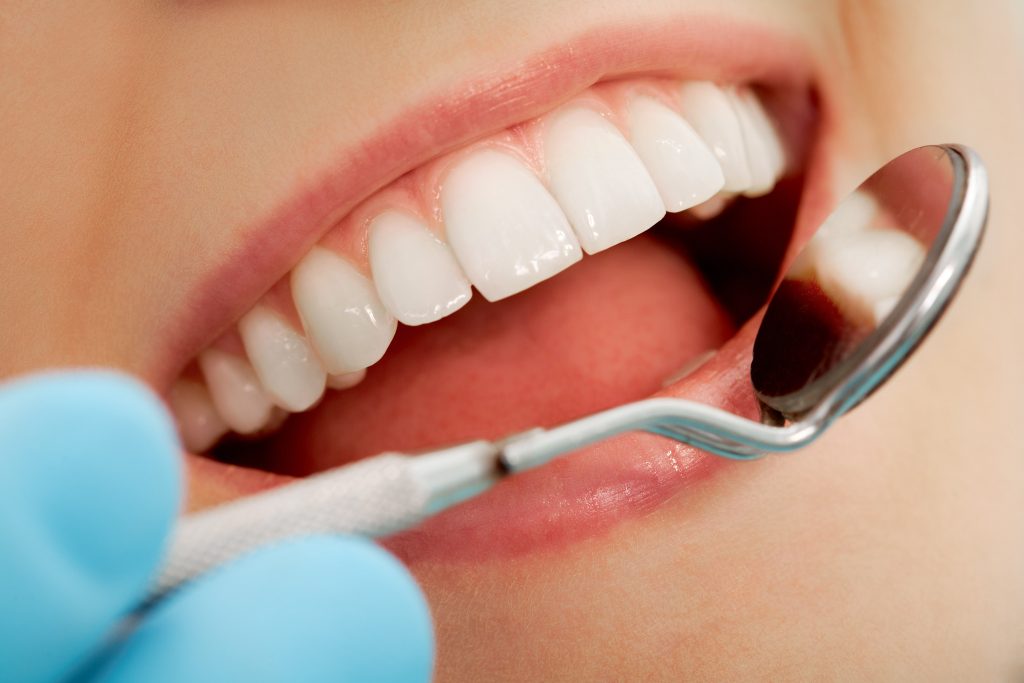

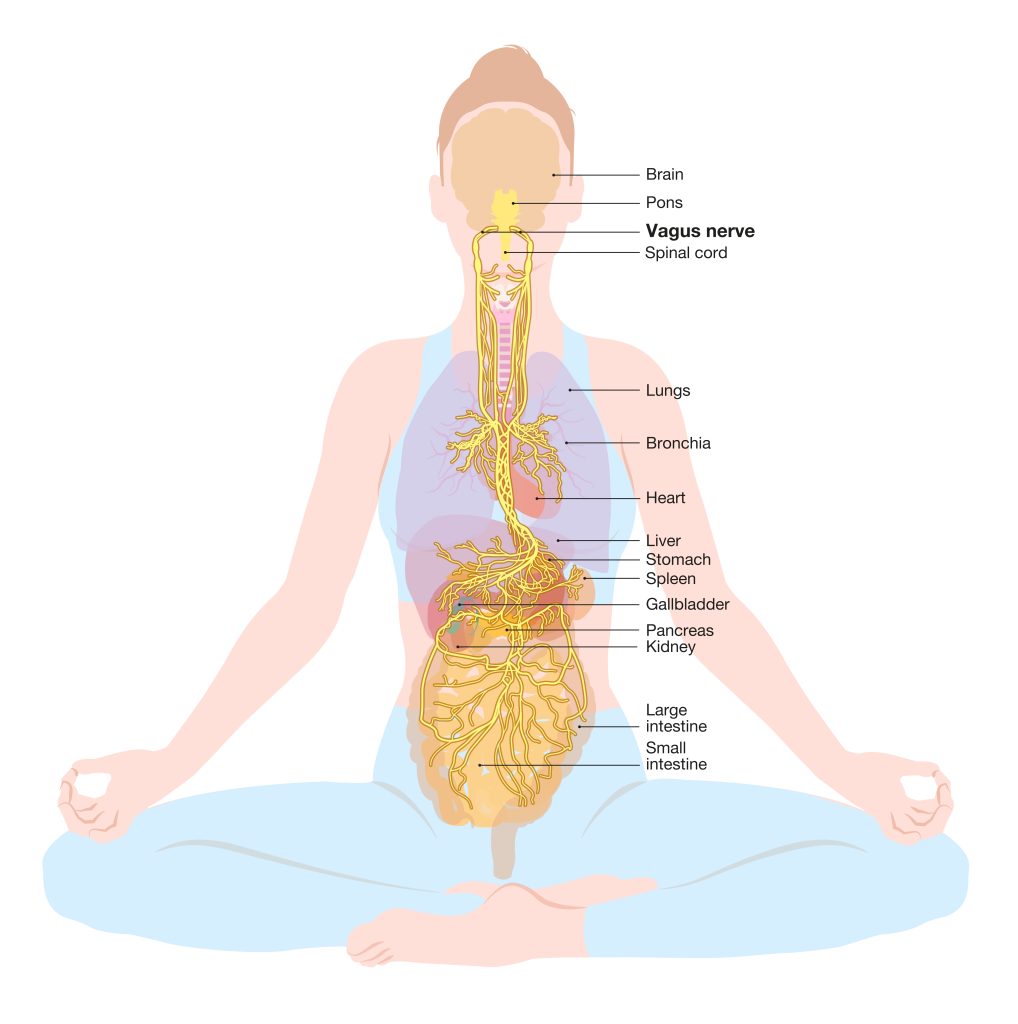

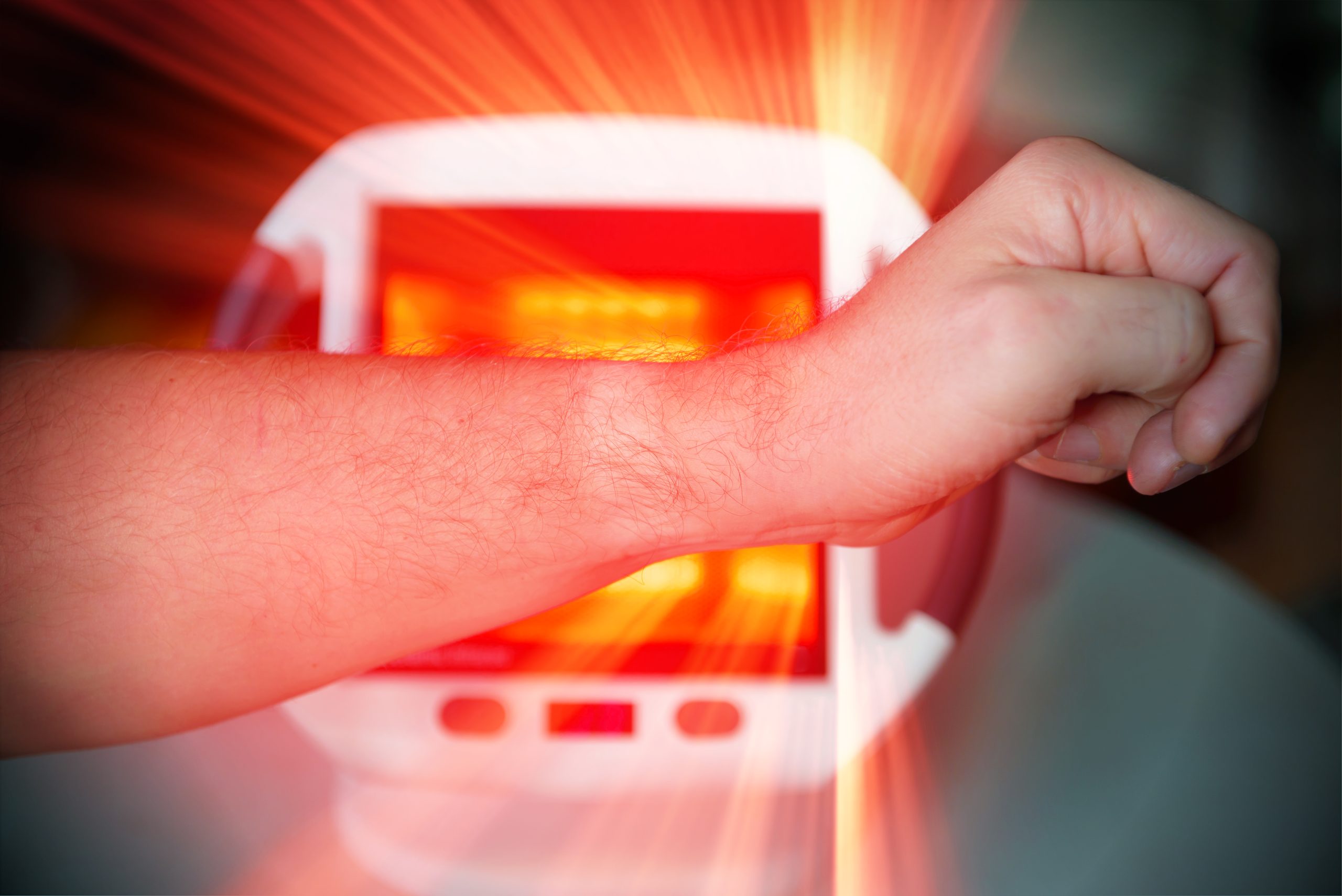
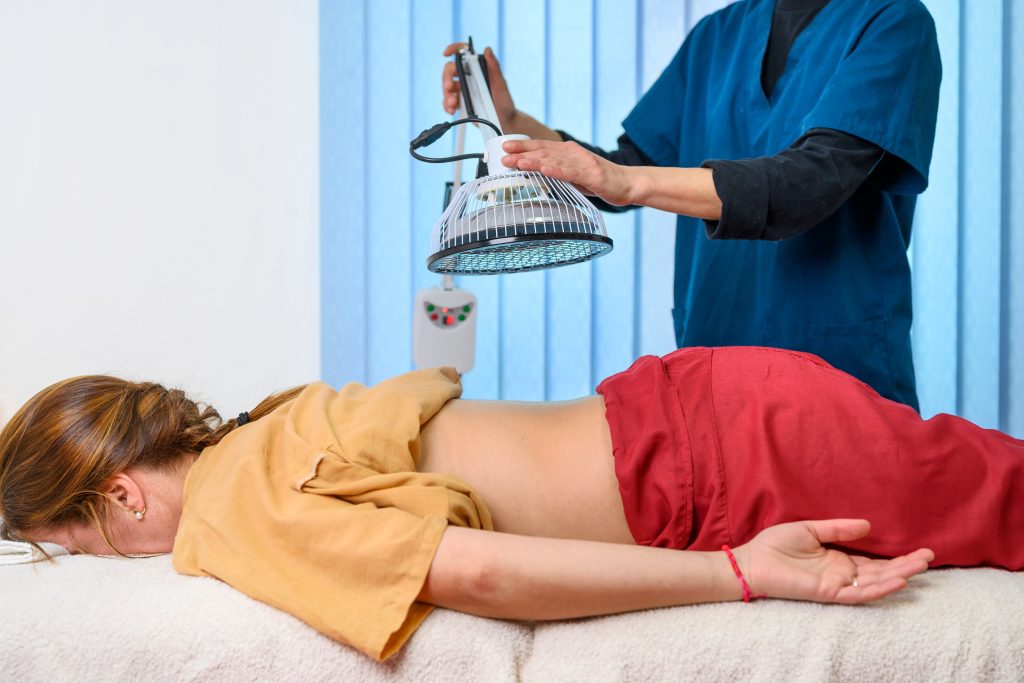 What Are the Risks?
What Are the Risks?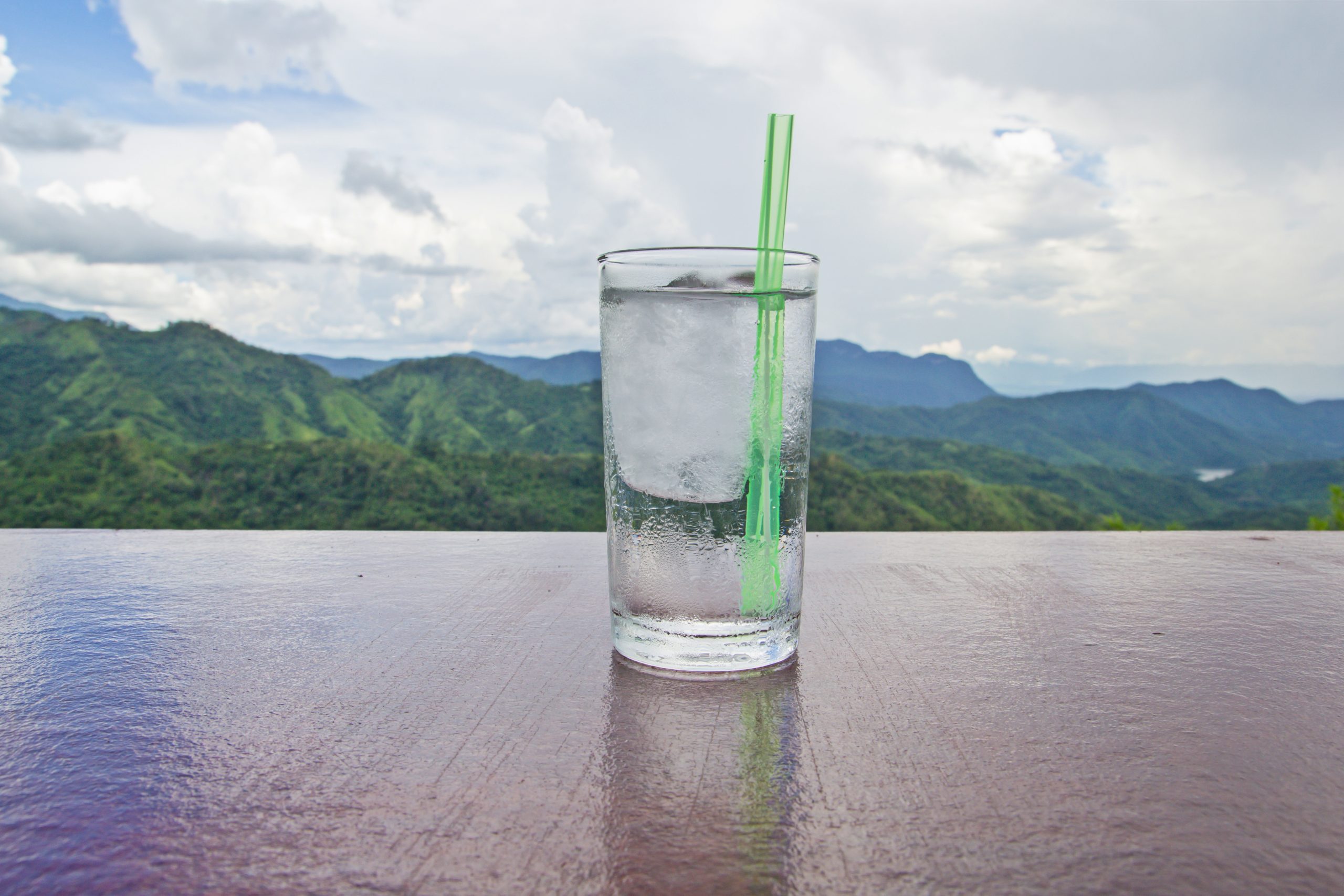
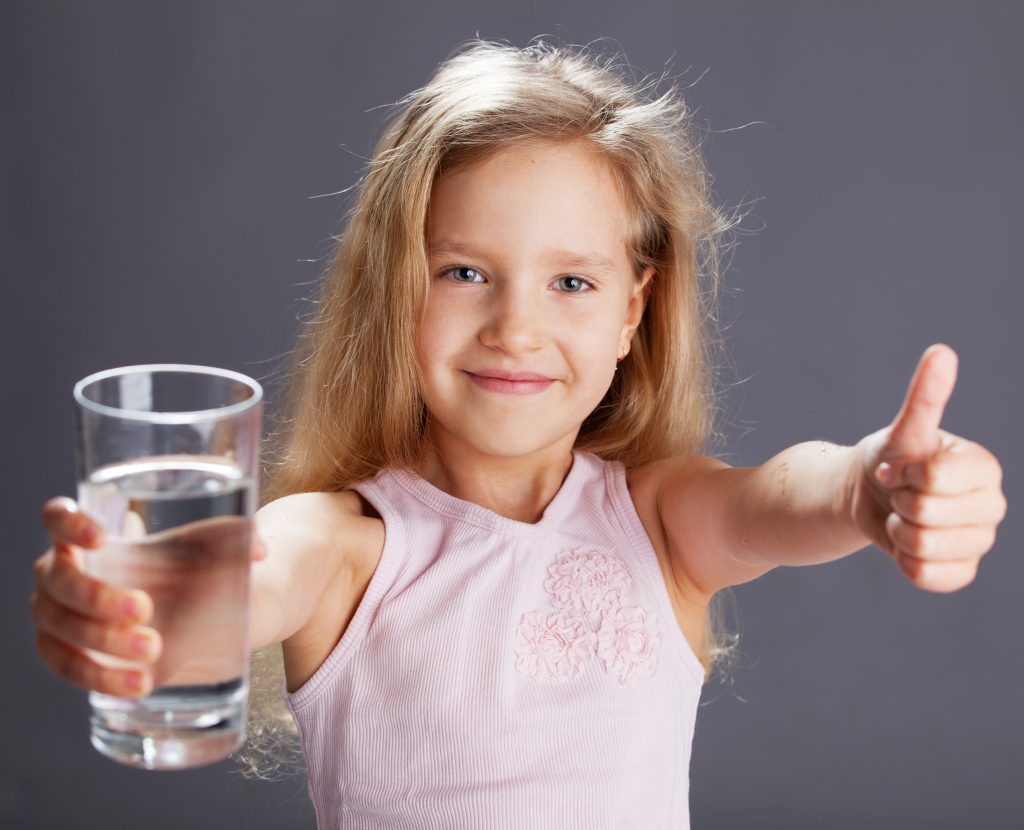
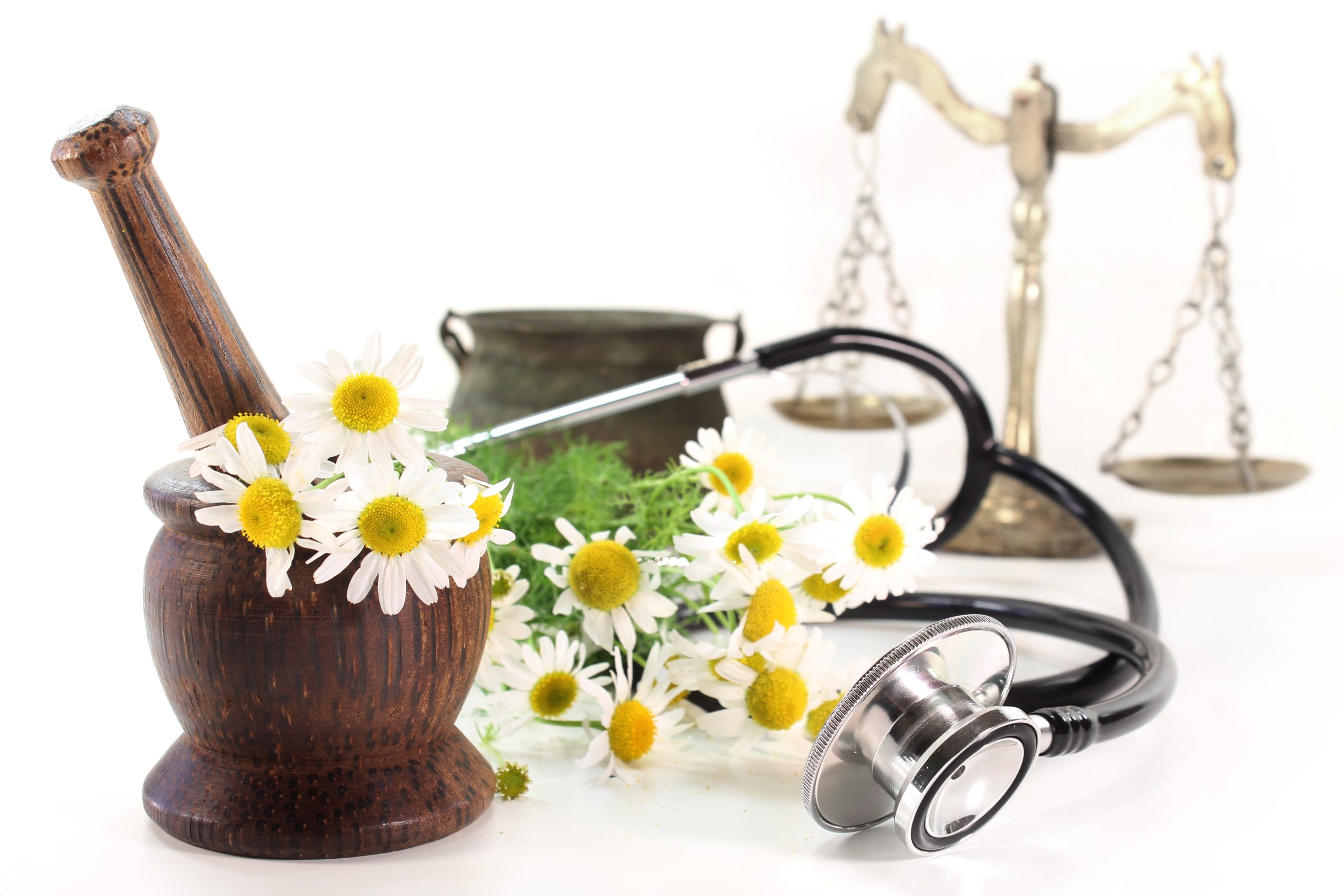
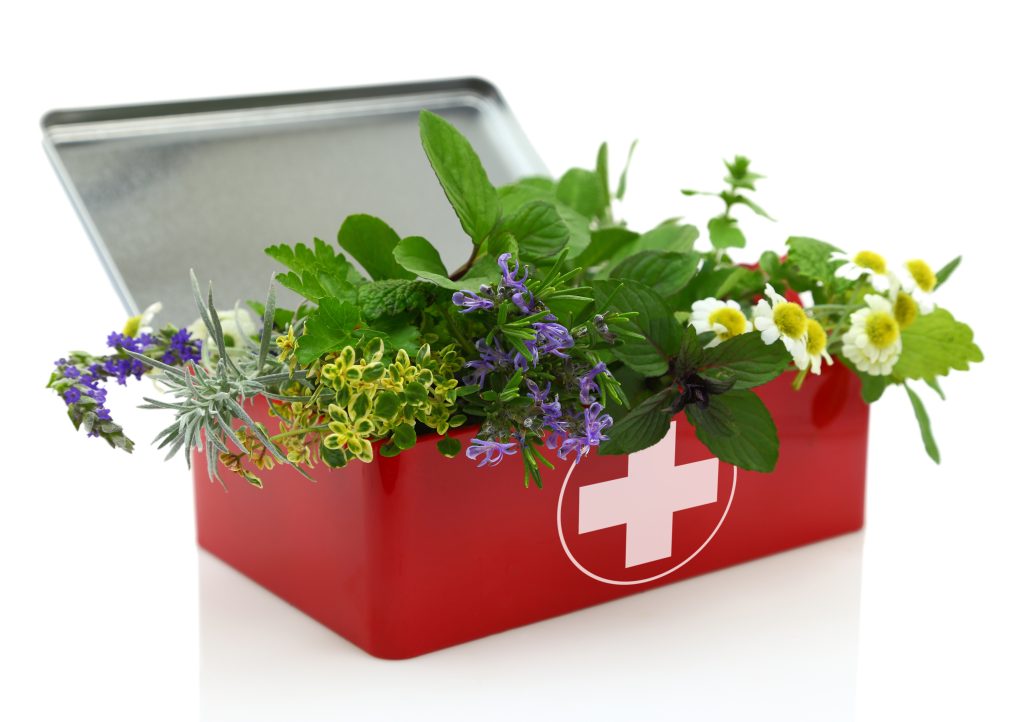 Chamomile can Help Aid Congestion
Chamomile can Help Aid Congestion